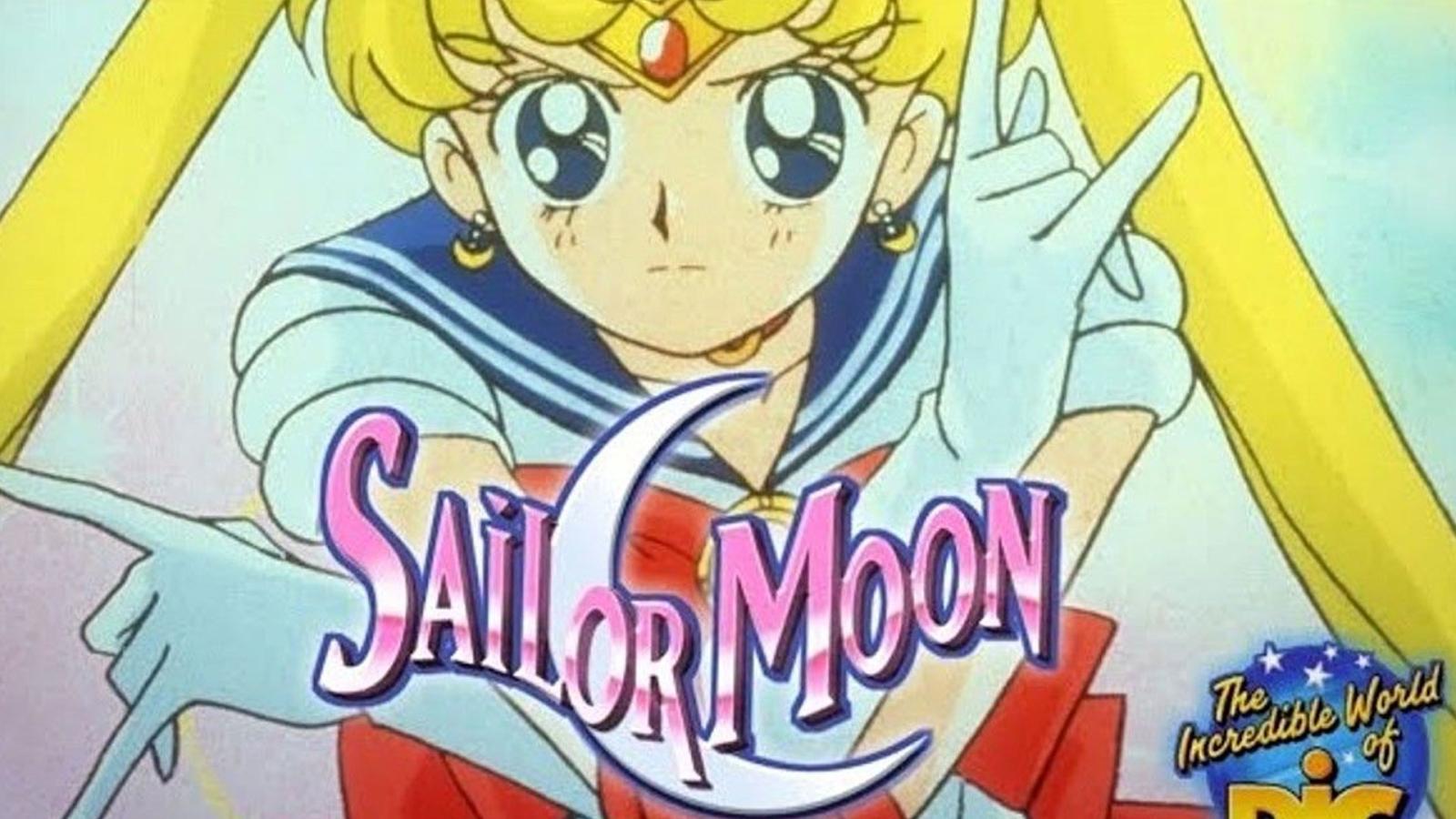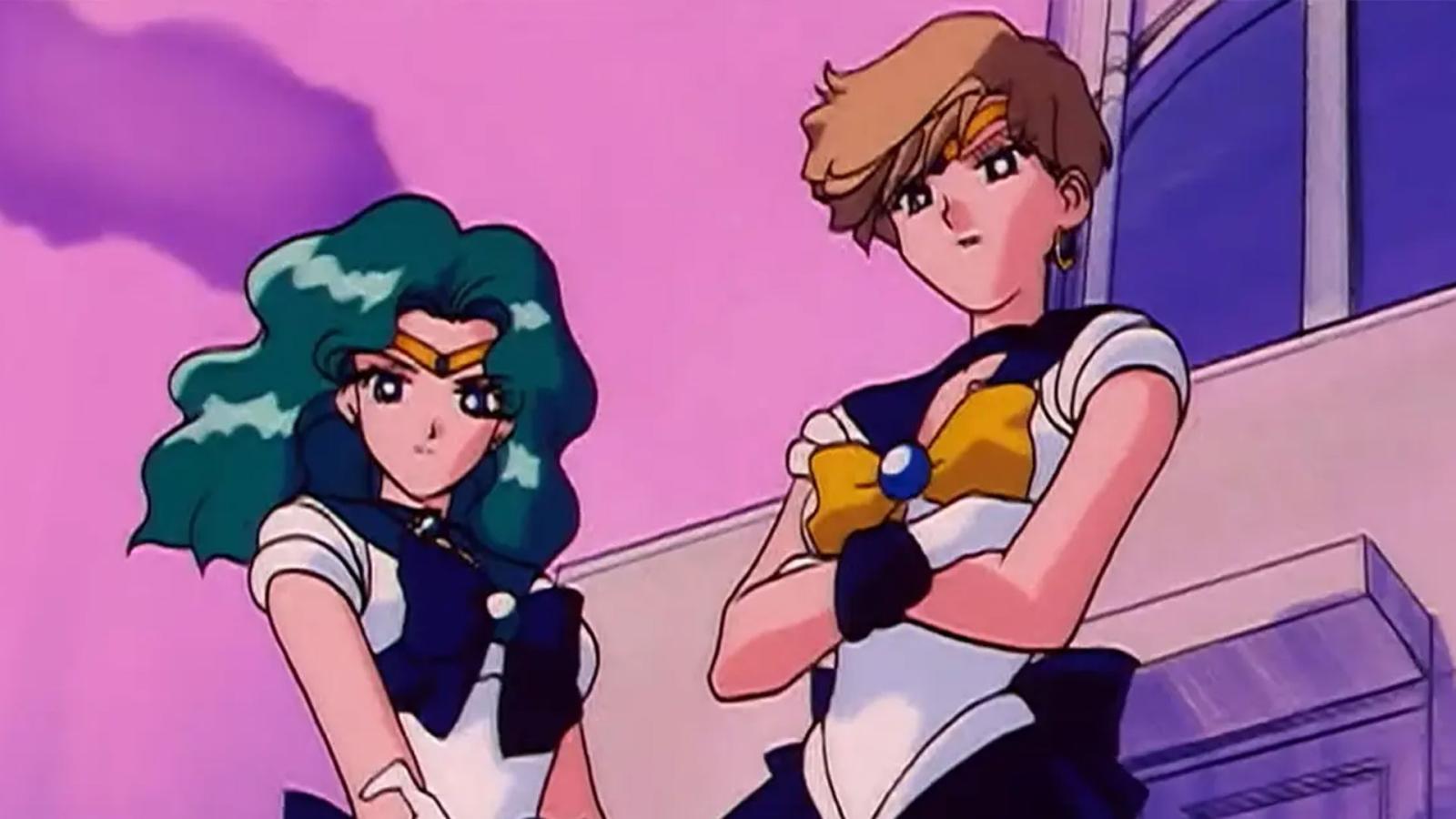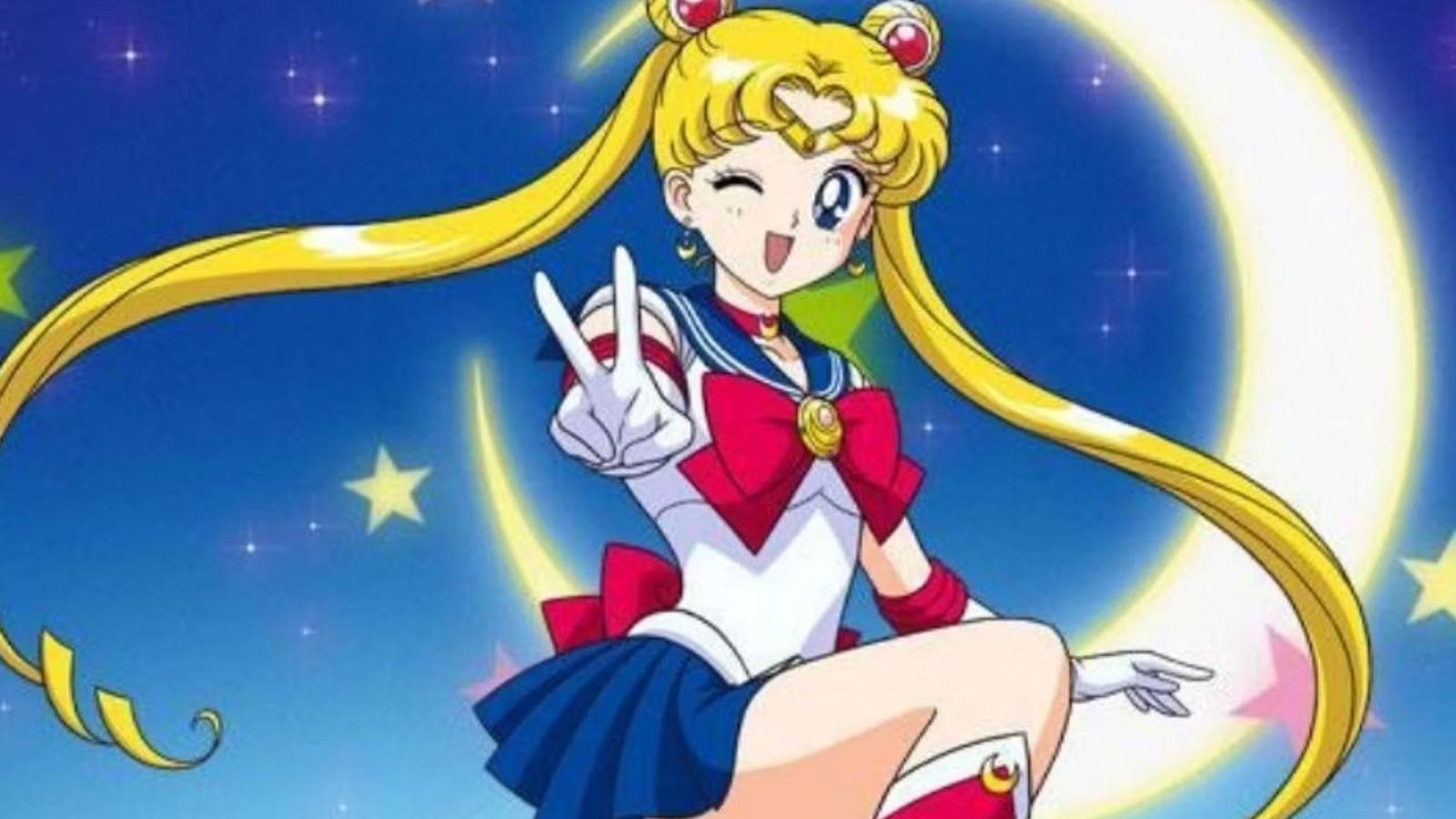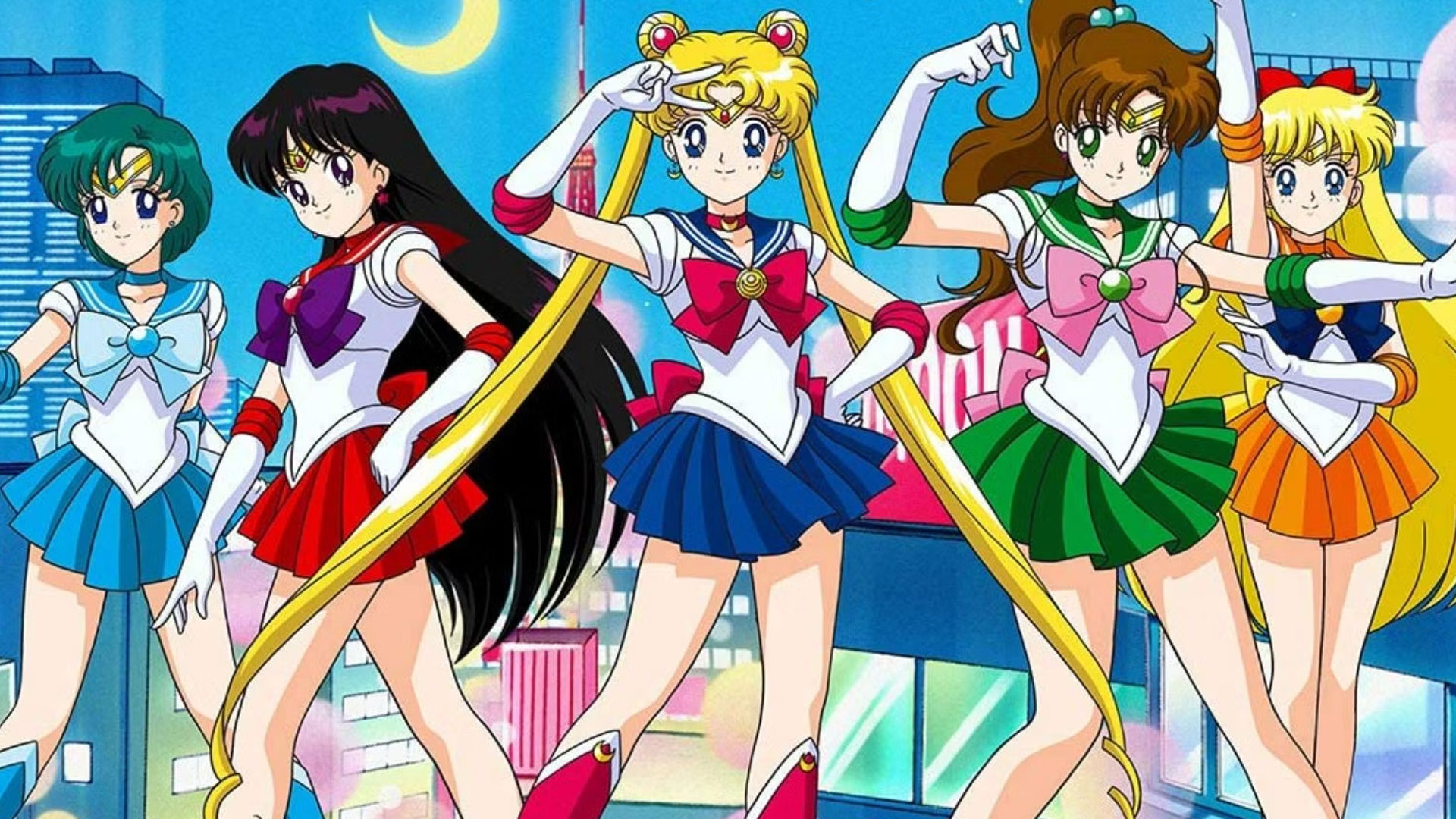Sailor Moon is an iconic anime (and manga), but dubbing companies believed that they needed to make changes. Let us take a look at how they did it.
Sailor Moon has been released all over the world, but the dubs are notorious for excessive censorship. Let us consider whether it was excessive.
DiC

DiC felt like they could do whatever they wanted with the poor anime. To be fair to them, they were constrained by various regulations, which meant that they had to remove or cover up nudity, and Sailor Moon does have a fair share of that. However, there were also inexplicable spoilers (in particular, with the first episode, which was cut and spliced to include scenes from episode 44). Aside from that, Usagi was named Serena, which can be argued to be another spoiler-like element, although it was likely meant to just americanize the story. After all, references to Japanese culture were covered or edited out by DiC in an attempt to make the anime look less foreign. Multiple episodes were cut, possibly because of the censorship restrictions; some episodes were merged, scenes were removed… It was almost like DiC was making their own version of Sailor Moon.
To reiterate, a lot of it was probably the result of requirements and censorship that DiC had to comply with. Things like violence and nudity had to be cut so that the audience could see Sailor Moon in any form, at all. But still, the DiC dub will be forever remembered for having zero respect for the source material.
Cloverway

Not many people know, but the most famous (or, perhaps, infamous) change was not made by DiC. It was Cloverway who turned Haruka and Michiru into cousins. This perspective is understandable; DiC was responsible for way too many changes, and it is easy to blame DiC for everything. However, Cloverway also did their fair share, and the cousin situation is just the tip of the iceberg.
An important note is that when Cloverway was dubbing, there were some changes in censorship rules and guidance, so this company could get away with more. As a result, there was less cutting and splicing in this dub. However, one of the problems, which came with dubbing companies changing halfway, was that inconsistencies would appear between the parts dubbed by each company.
These inconsistencies showed insufficient analysis of the existing dub, but it was not entirely Cloverway’s fault; they were rushed, and as a result, did not have the time to do their research. Inconsistencies followed: attacks got new names, for example, and even characters forgot their own names at times. Naturally, there still were cuts, for example, caused by the cousin situation. And in general, while Cloverway went quite close to the script, the censorship was still a thing, so some scenes were removed. There definitely were flaws to Cloverway’s dub.
Still, compared to DiC, Cloverway made less of a mess, and they can be justified by the fact that they were being rushed. It was not the worst dub.
The Rest
.jpg)
Viz Media was another major dubber and also subber of the anime. They did their best to keep it all close to the script as much as possible. They even gave the characters Japanese names. Finally, A.D. Vision and Pioneer did an acceptable job of subbing the series, with the names intact as well. The rest of the English subs and dubs are unofficial. They have been quite popular in the age of DiC, in particular, and nobody can blame the fans. DiC basically made their own anime.
Other Countries

It is not surprising that Sailor Moon was dubbed in many, many languages all around the world. None of the other country examples were as severe as those of the US, but they are still worth mentioning.
Keep in mind that Canada used the US dub, and the UK basically just used DiC and even cut a little bit more for TV broadcast. In other words, the award for the most extreme changes to Sailor Moon just might go to the UK.
But as for the rest of the world, Russia mostly changed character genders, Philippines only removed some of the nudity scenes, and Israel focused on blurring out or brightening those scenes. In Germany, words like “kill” and “die” were substituted, which did not happen in other countries. Overall, all the changes in non-English-speaking countries combined cannot hope to compare to DiC, it seems. DiC was severe.
As can be seen from these examples, Sailor Moon, despite being clearly aimed at children, had its limitations, as far as censorship is concerned, with things like violence or nudity, as well as some language that to German censors did not seem innocent enough. It is fair, and that is the difficulty of international popularity; you have to adjust to the legislation of other countries. However, it can be argued that some of these changes were not guided by legislation. For example, DiC’s removal of Japanese references was not mandated; it was just an attempt to americanize the story.
In the end, Sailor Moon fans mostly laugh at those early dubs, focusing on the ones that are closer to the original. The role of a dub, after all, is to allow people to understand what is being said by the characters, not to make a new story.

